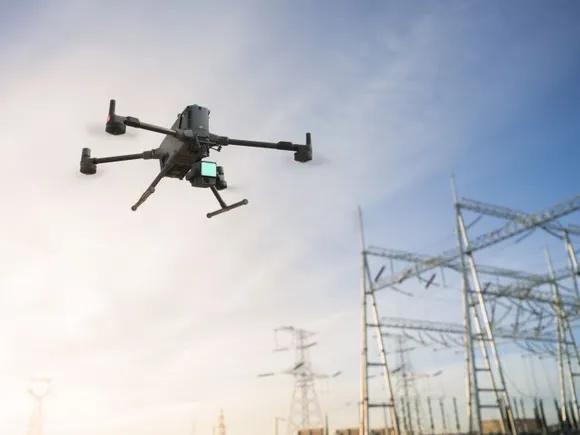Can We Still Hear From Voyager 1 & 2? New Tech Could Detect Them Across Vast Distances!

For decades, the Voyager 1 and 2 probes have been bravely venturing into interstellar space, pushing the boundaries of human exploration. Launched in 1977, these pioneering spacecraft have spent nearly 50 years transmitting invaluable data back to Earth, offering unprecedented insights into the regions beyond our solar system. But as they journey further and further away, will we still be able to hear from them?
The distance is staggering. Voyager 1 is currently almost a light-day away from Earth – that’s roughly 8 million miles! Voyager 2 isn't far behind. To put that in perspective, a light-year, the distance light travels in a year, is approximately 5.88 trillion miles. That's an almost unimaginable gulf!
Traditionally, detecting these faint signals across such immense distances has been a significant challenge. The probes communicate using radio waves, and as the distance increases, the signal weakens dramatically. However, recent advancements in radio astronomy technology are offering a glimmer of hope – a possibility that we could potentially detect the Voyagers from almost a light-year away, using our current capabilities.
How Could This Be Possible?
The key lies in a technique called fast radio bursts (FRBs). These are incredibly powerful, millisecond-long bursts of radio waves originating from distant galaxies. While their exact nature remains a mystery, scientists have discovered that they can be used to 'map' the interstellar medium – the space between stars – by observing how they are distorted or delayed as they pass through it.
Researchers are now exploring the possibility of using FRBs to amplify the weak signals from Voyager 1 and 2. By carefully analyzing the way FRBs interact with the interstellar medium, scientists could potentially isolate and enhance the faint radio signals emanating from the probes. It's a complex process, requiring advanced signal processing and sophisticated algorithms, but the potential reward is immense.
Why Does This Matter?
Maintaining contact with the Voyager probes is crucial for several reasons:
- Continued Scientific Data: The Voyagers continue to send back valuable data about the interstellar environment, including measurements of magnetic fields, cosmic rays, and plasma density.
- Testing Theories: Their observations help scientists test and refine our understanding of the interstellar medium and the physics of space.
- Technological Demonstration: The Voyager missions represent a remarkable feat of engineering and demonstrate the longevity and resilience of spacecraft operating in extreme conditions.
The ability to detect the Voyagers from even greater distances would significantly extend their operational lifespan and allow for even more detailed observations. It would also pave the way for future missions designed to explore the far reaches of our galaxy.
The Future of Interstellar Communication
The quest to hear from the Voyager probes highlights the challenges and opportunities of interstellar communication. While the distances are vast and the signals faint, ongoing technological advancements are opening up new possibilities. The exploration of techniques like FRB mapping represents a significant step forward in our ability to communicate with spacecraft venturing beyond our solar system, and potentially, one day, with civilizations beyond our own.






